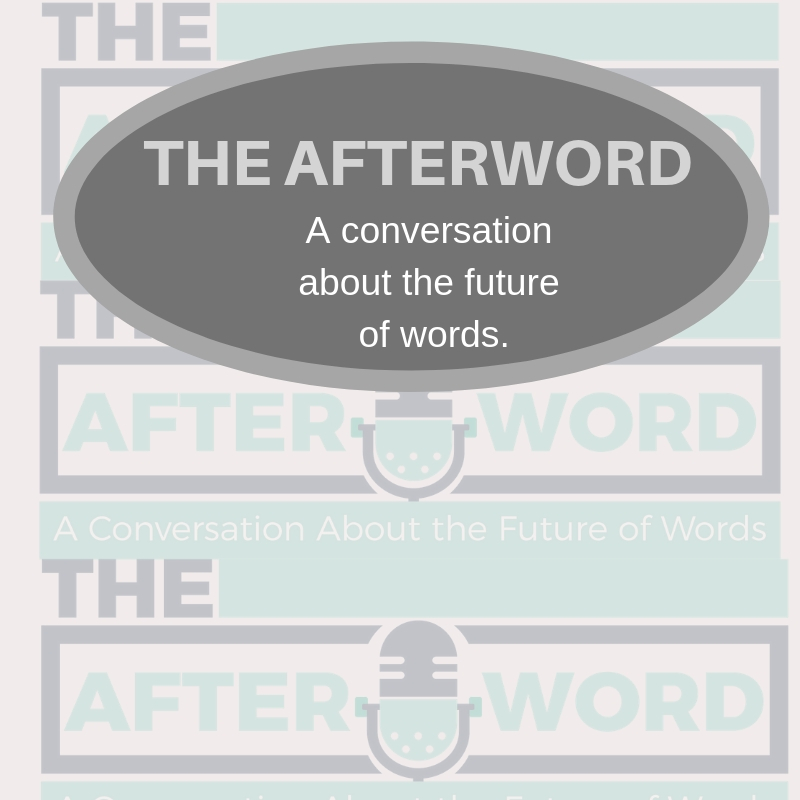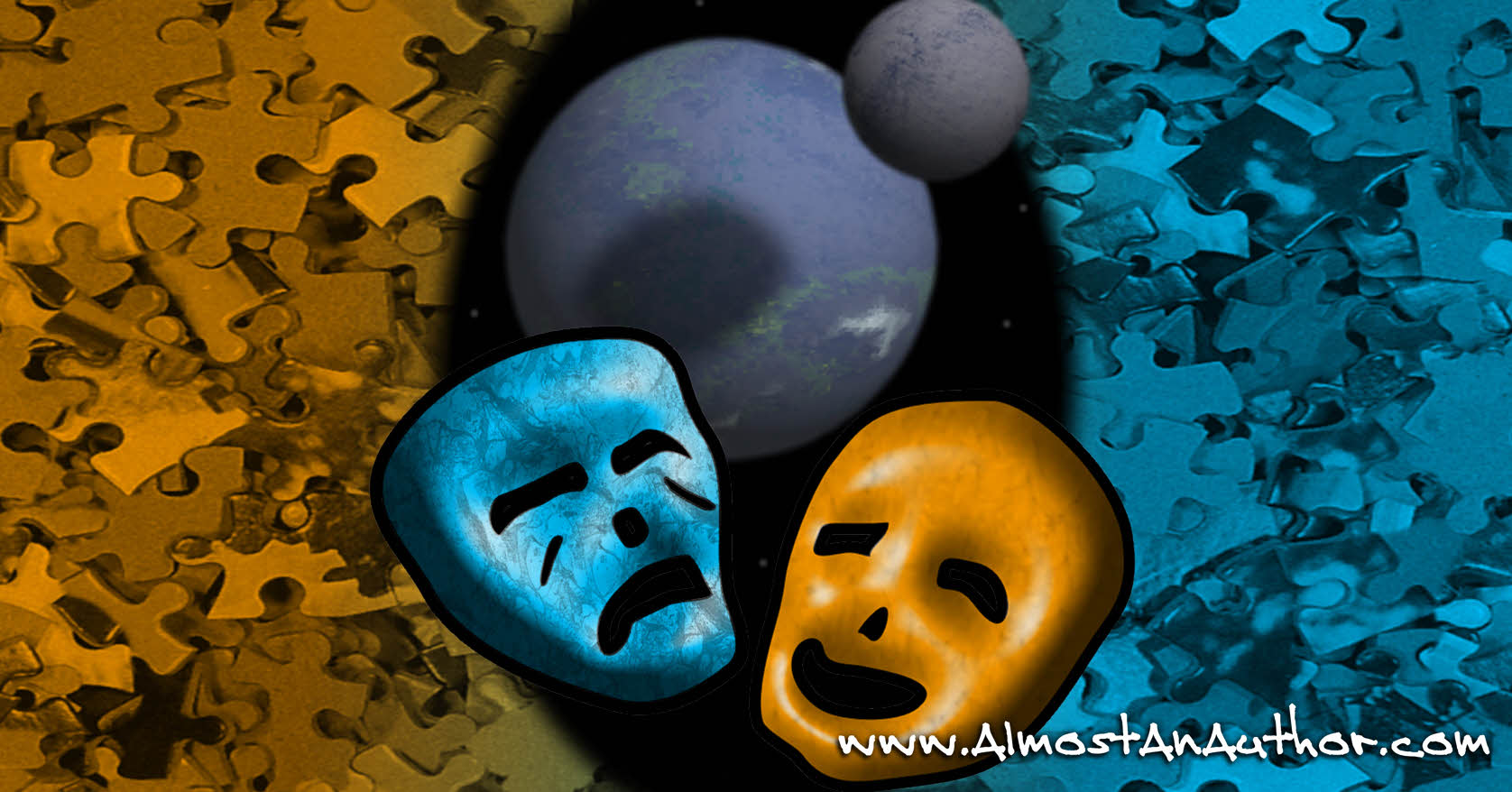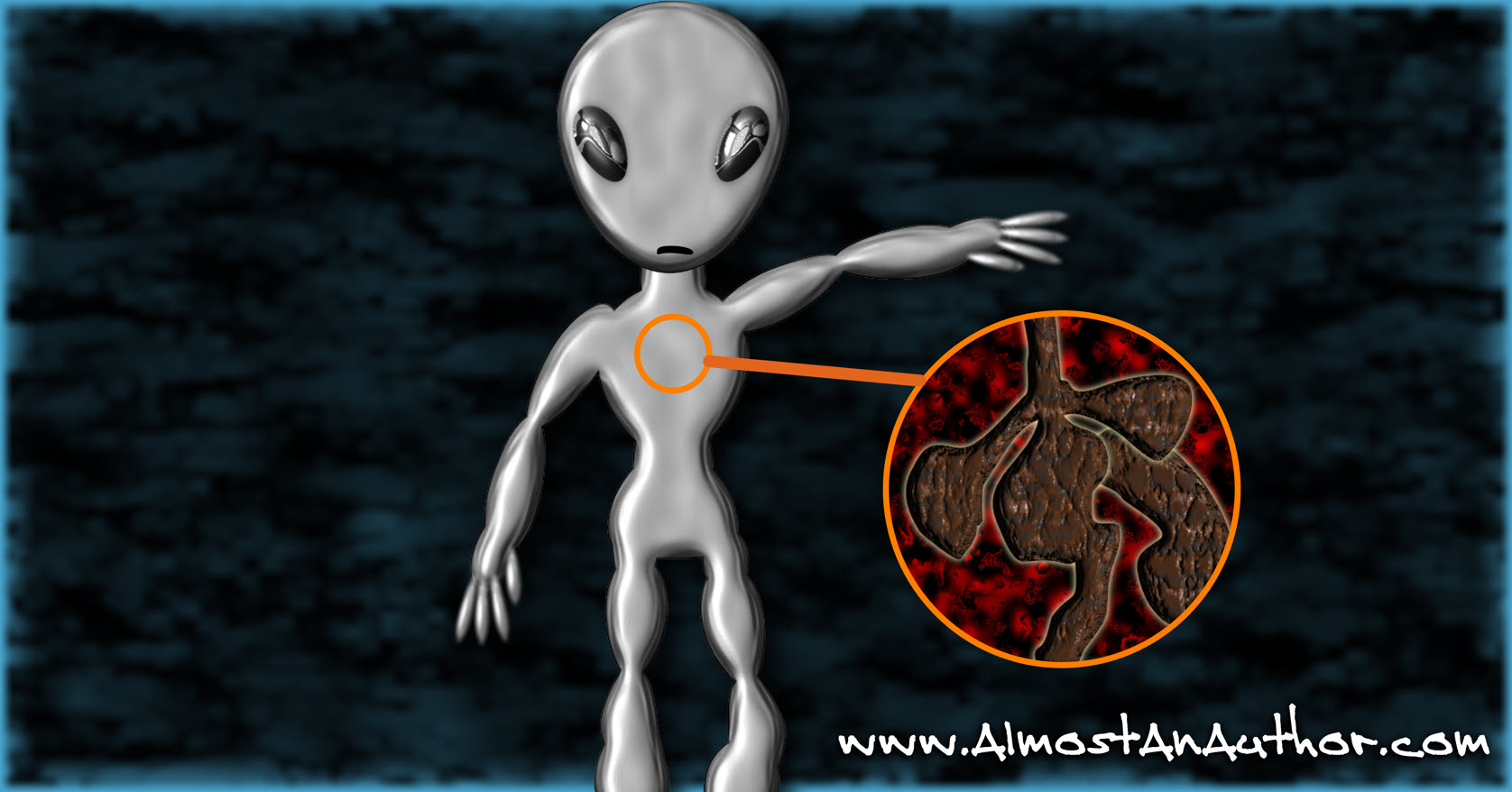
Pizzanomics and the Economy of Words
In The Picture of Dorian Gray, Oscar Wilde writes that people know the price of everything and the value…
March 10, 2023
In The Picture of Dorian Gray, Oscar Wilde writes that people know the price of everything and the value…
March 10, 2023
Any gamers in the house? I’m a huge fan of games: the creativity, the challenges, and the competition, of…
January 17, 2023
Flash fiction may sound new and alien, but it’s been around longer than you think. The query that inspired…
December 10, 2022
Sharing your fantastical words and worlds can be terrifying. You feel everyone’s eyes on you, weighing the thoughts you…
November 15, 2022
I wonder… What made you fall in love with science fiction and fantasy? As a child, I loved fairy…
October 10, 2022
From her earliest days, my mom’s life lacked value in the sight of others. Born female and Korean in…
September 10, 2022
The proverbial journey of a thousand miles begins with the one step. But it doesn’t end there. Writing an…
May 7, 2022
Let the words of my mouth and the meditation of my heart Be acceptable and pleasing in Your sight,…
April 11, 2022
An important part of what makes your story fit into the Science Fiction and/or Fantasy genres is an element…
December 15, 2021
Time travel is a stable in science fiction. Countless books, comics, movies, and TV shows have used it as…
September 7, 2021
In his 2017 best seller, You’re Gonna Need a Bigger Story, Houston Howard admonishes writers to create larger stories…
November 7, 2020
Have you ever walked into someone’s house as a first-time dinner guest and felt out of place? Ten other…
July 7, 2020
Margaret Atwood is well-known for her novel The Handmaid’s Tale, a dystopian first published in 1985. Her novel covers…
March 7, 2020
How can students and other readers learn about the cutting-edge of popular science through the art of stories? To…
April 10, 2019
One of my friends recently gifted me a book. She’d loved it so much she literally went out and…
April 7, 2019
Since the release of Star Trek and Star Wars, viewers of space-based science fiction have had certain expectations of…
August 7, 2018
The trend within the fantasy and sci-fi genres is to push for more detailed world-building within our stories. While…
May 7, 2018
“Oh, you’re a fantasy writer? I love ‘The Lord of the Rings.’” “I don’t write that kind of fantasy.”…
November 7, 2017
Do portals that move your character to another time and place work within modern storytelling? This is the question…
September 7, 2017
We’ve spoken before about how little details can help color your storyworld. Societal habits, mating customs, dinner choices, and…
August 10, 2017
Fantasy Flash Fiction 101 Could you write a story in 500 words? What about 100? Flash fiction is a…
July 7, 2017
The beloved “sidekick.” Han had Chewy. Frodo had Samwise. Harry had Ron and Hermione. Captain Kirk had Spock.…
June 6, 2017
Recently, a friend of mine asked me if western civilization was at the end of its life cycle. It’s…
May 11, 2017
In what world does your story live? Sounds like a strange question, doesn’t it? After all, most bookstores…
March 6, 2017
The autopsy window allowed Jim a clear view of the good doctor’s grim work. The gray-skinned corpse had been…
January 16, 2017